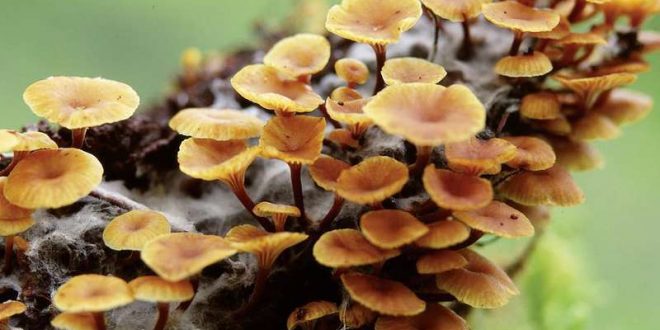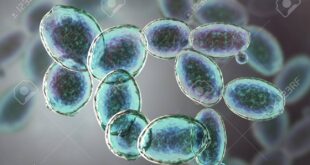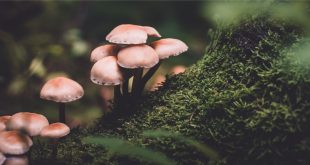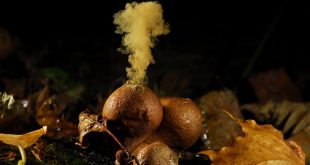Agaricales is an order of fungi in the class Agaricomycetes (phylum Basidiomycota, kingdom Fungi). It is one of the most diverse orders of the phylum Basidiomycota. Traditionally, agarics were classified based on the presence of gills (thin sheets of spore-bearing cells, or basidia) and mushroom-shaped fruiting bodies. Some other conspicuous parts are pileus (cap) and stipe (stalk).
Agaricales have been known to humans ever since we first became aware of our environment and are among the relatively few fungi that have common names in addition to scientific binomials. For example:
- The death cup: Amanita phalloides.
- The shaggy mane: Coprinus comatus.
- The jack-o-lantern: Omphalotus olearius.
- The honey mushroom: Armillaria mellea.
Even the word ‘mykes’ of ‘Mycology’ actually meant mushroom to the ancient Greeks, and thus etymologically, mycology is the study of mushrooms.
In 2017, scientists discovered the oldest known fossilized Agaricales mushroom, Gondwanagaricites magnificus, which was unearthed in northeast Brazil and dates to the Aptian Stage of the Lower Cretaceous Series (125 million to 113 million years ago).
Best safe and secure cloud storage with password protection
Get Envato Elements, Prime Video, Hotstar and Netflix For Free
Best Money Earning Website 100$ Day
#1 Top ranking article submission website
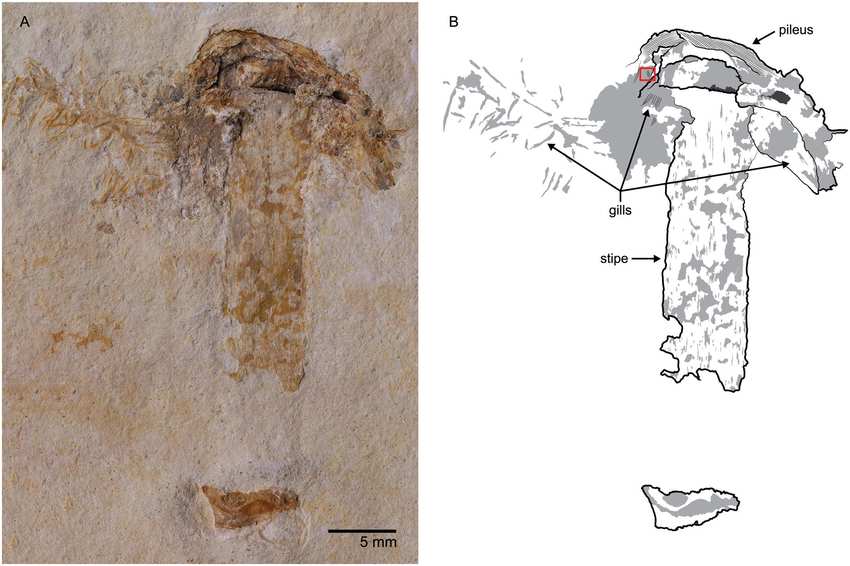
Basidiocarp
The typical basidiocarp in most agarics is the well-developed mushroom. The tissues comprising a mushroom consist of closely packed, dikaryotic hyphae that arise from the somatic hyphae growing within a particular substrate.
Mycorrhizal association
Mycorrhiza is the symbiotic associations between the hyphae of many kinds of fungi and the absorbing organs – typically the roots of plants. Hacskaylo (1972) described this type of relationship as a ‘physiologically well balanced reciprocal parasitism’.
The members of Basidiomycota can form mutualistic relationships with the roots of the plants especially the woody types. And this association can be both superficial or internal to the tissue.
Ectomycorrhiza (pl. ectomycorrhizae)
Gk. ektos = outside + mykes = mushroom + rhiza = root): a mycorrhiza in which the fungal hyphae grow only intercellularly, never penetrating the walls of the host plants.
Endomycorrhiza (pl. endomycorrhizae)
Gk. endo = inside + mykes = mushroom + rhiza = root): a mycorrhiza in which the fungal hyphae penetrate the cell walls of the host plant; also called vesicular-arbuscular, or VA mycorrhiza. Usually no dense hyphal growth of any sort is visible on the surface of the root. The hyphae often form swellings (vesicles) and minute branches within (arbuscules) the cells of the host. That’s why they are commonly referred as vesicular-arbuscular (VA) mycorrhiza.
It has been suggested that without mycorrhizal associations most plants would not be able to survive in the competitive communities found in natural soil habitats. In fact the rise of the land plants has been attributed to these associations (Pirozynski and Malloch, 1975; Malloch et al., 1980).
Generally speaking, mycorrhizal fungi benefit their host plants by,
- increasing the physiologically active area of the root system.
- increasing the plants ability to capture water, nutrients such as nitrogen, phosphorus, potassium and calcium from the soil.
- increasing the plants tolerance to drought, high soil temperature and extremes of soil acidity caused by high levels of metals such as sulphur, manganese and aluminium.
- providing protection from certain plant pathogenic fungi and nematodes that attack roots.
- inducing hormonal relationships that cause feeder roots to remain physiologically active for longer periods fo time than nonmycorrhizal roots.
In return, the fungal partner gains
- carbohydrates and vitamins from the plants.
Some common fungi
- Edible:
- Poisonous:
- Hallucinogenic: Cynocyte cyanopus.
- Mycophagy: Lives on mushroom. They can be animals, humans or even insects.
- Cultivated species: Agaricus brunnescens or A. bisporus.
- Shittake – Lentinula edodes.
- Oyster mushroom: Pleurotus sp.
- Death cup: Amanita phalloides.
- Fairy ring: Marasmius oreades.
(Details on morphological and anatomical details on basidiocarps of agarics and boleti will be added later.)
Distinguish between poisonous and non-poisonous mushrooms
| Poisonous mushroom | Non-poisonous mushroom |
| Fruit body is more colourful. | Fruit body is less colourful. |
| It has sour taste and acidic smell. | It has no sour taste and acidic smell. |
| It grows mostly in shady places. | It does not grow in shady places. |
| It is a complete fungi with gill, annulus and volva. | It is not a complete fungi. |
| The colour of the cap is yellow. | The cap colour is white to brown or gray to brown. |
| It has non-nutritive value. | It has much nutritive value. |
| It has three alkaloids which are responsible for many diseases such as nervous system diseases and kidney diseases. | It has no alkaloid. So, it is not responsible for diseases. |
| It is responsible for death (rate 95-99%) in Europe. | It is not responsible for death. Cause it lacks any harmful chemical toxic compound. |
Amanita muscaria
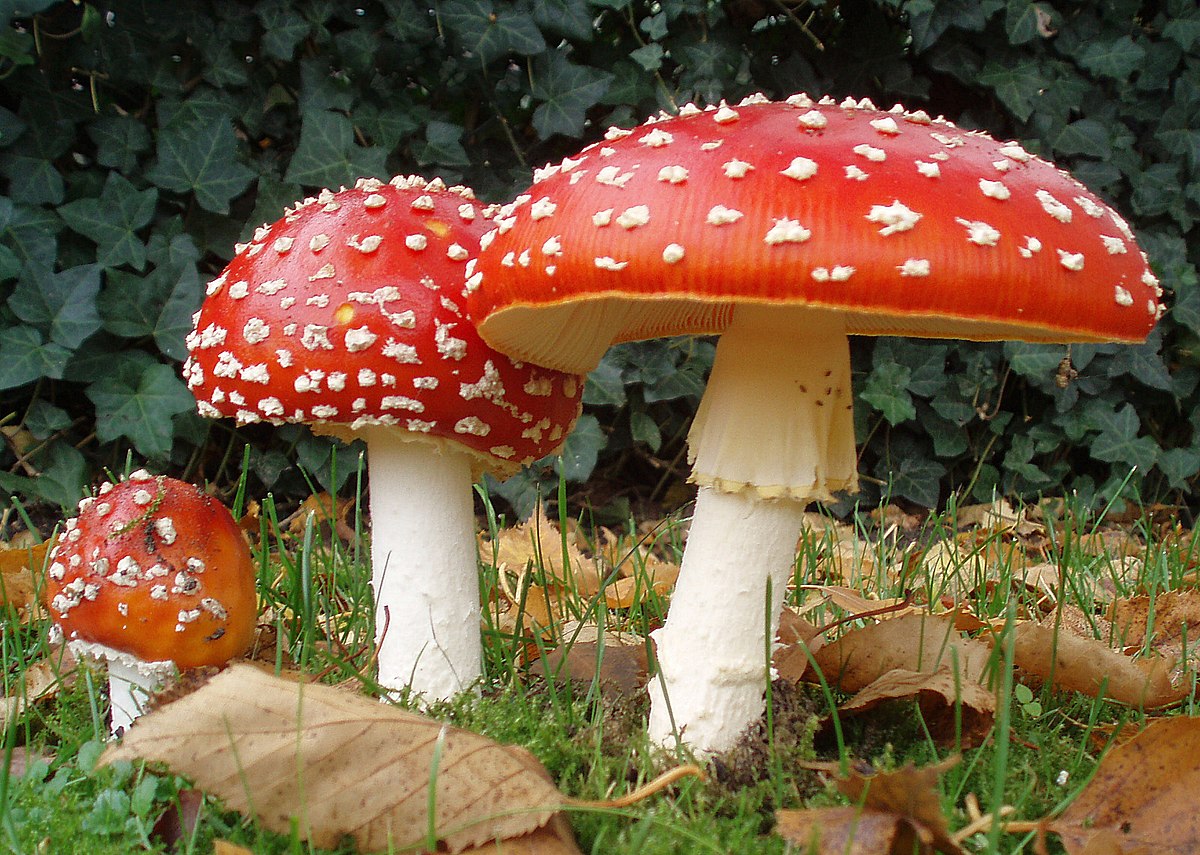 |
Agaricus bitorquis
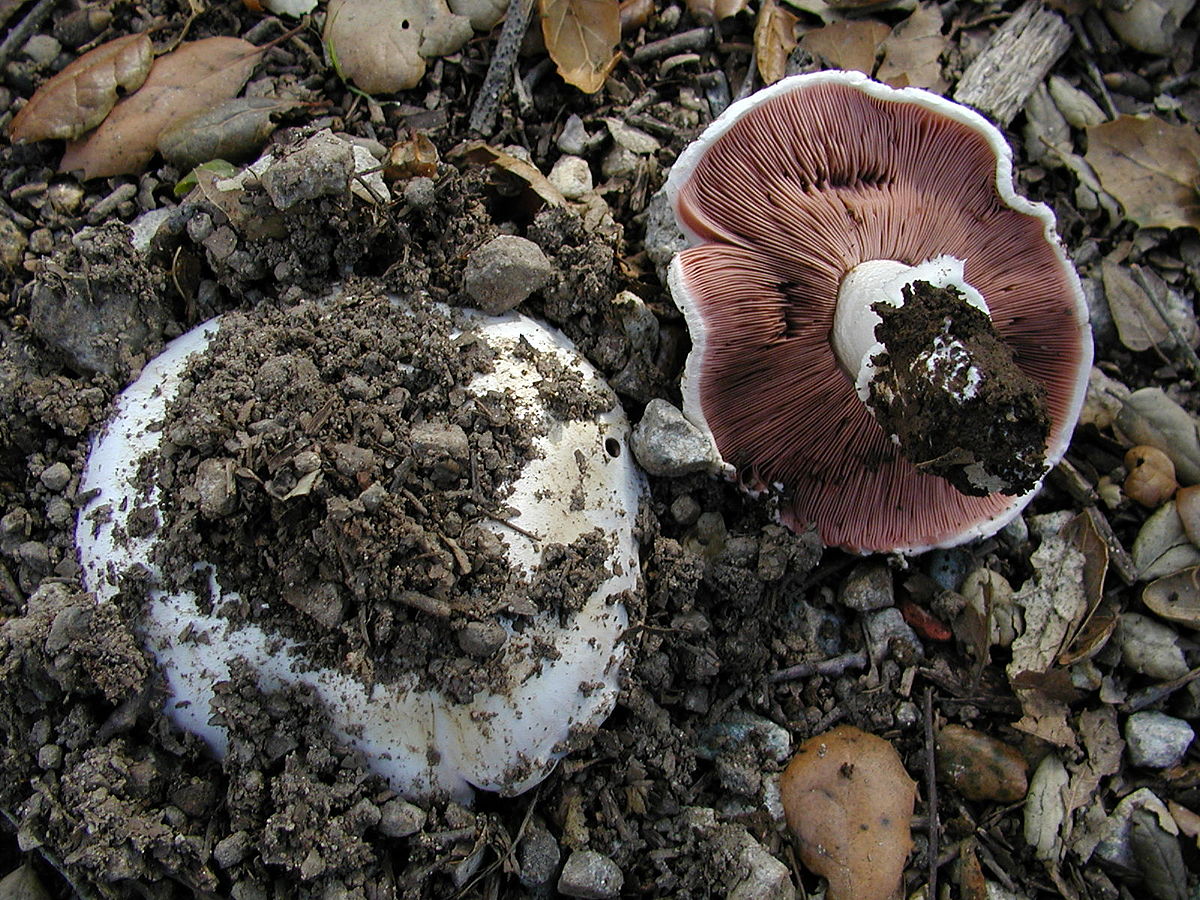 |
According to Chang (1993), about 14 species of agarics are cultivated for food. Of these, only six are grown on an industrial scale. These include the
enoikitake or enoki mushroom: Flammulina velutipes.
The shiitake mushroom: Lentinula edodes.
The padi straw mushroom: Pleurotus ostratus
The meadow mushroom: Agaricus brunnescens and A. bitorquis.
 Plantlet The Blogging Platform of Department of Botany, University of Dhaka
Plantlet The Blogging Platform of Department of Botany, University of Dhaka
